Physical Address
304 North Cardinal St.
Dorchester Center, MA 02124
Physical Address
304 North Cardinal St.
Dorchester Center, MA 02124
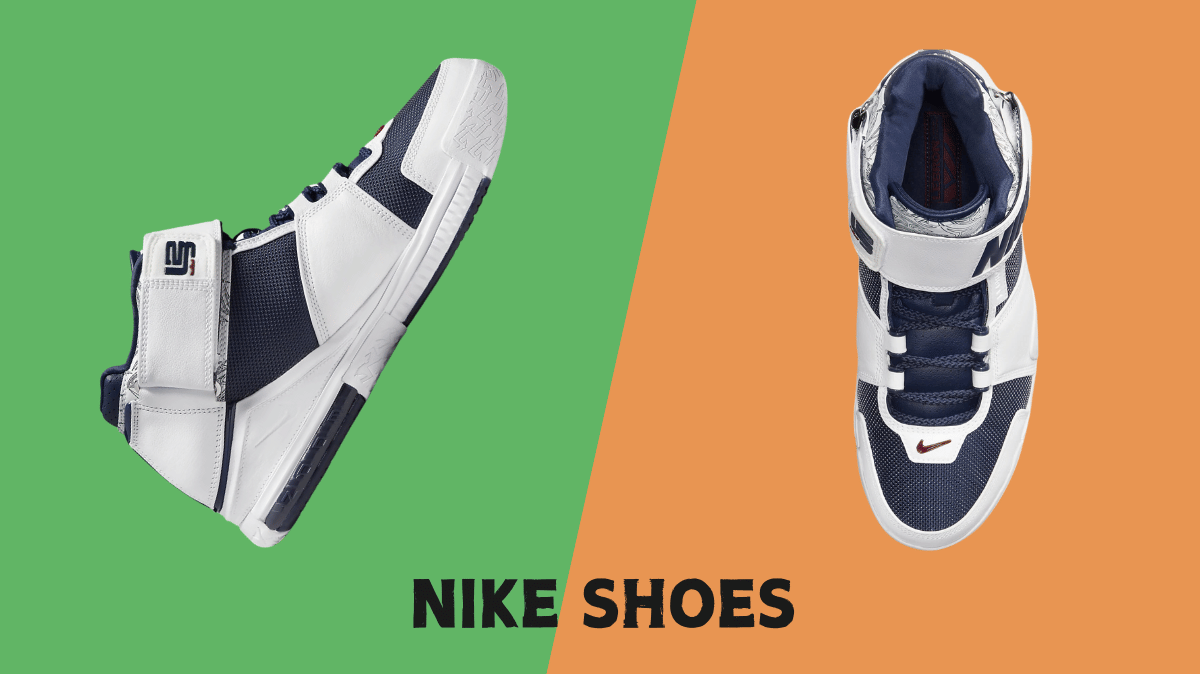
Comparing the best running shoes for 2025 isn’t just about aesthetics or brand loyalty—it’s about enhancing performance, preventing injuries, and making every stride feel effortless. Whether you’re chasing personal records or simply looking to enjoy your morning jogs, the right shoes are a game-changer, designed to cater to varying running styles, terrains, and individual needs.
In this guide, we’ll explore the most important factors to consider when buying running shoes. We’ll cover comfort, style and design, the differences between popular brands, sizing consistency, breathability, durability, fit and support, pricing, and customer reviews. This guide will help you make an informed decision for Choosing the Best Running Shoes
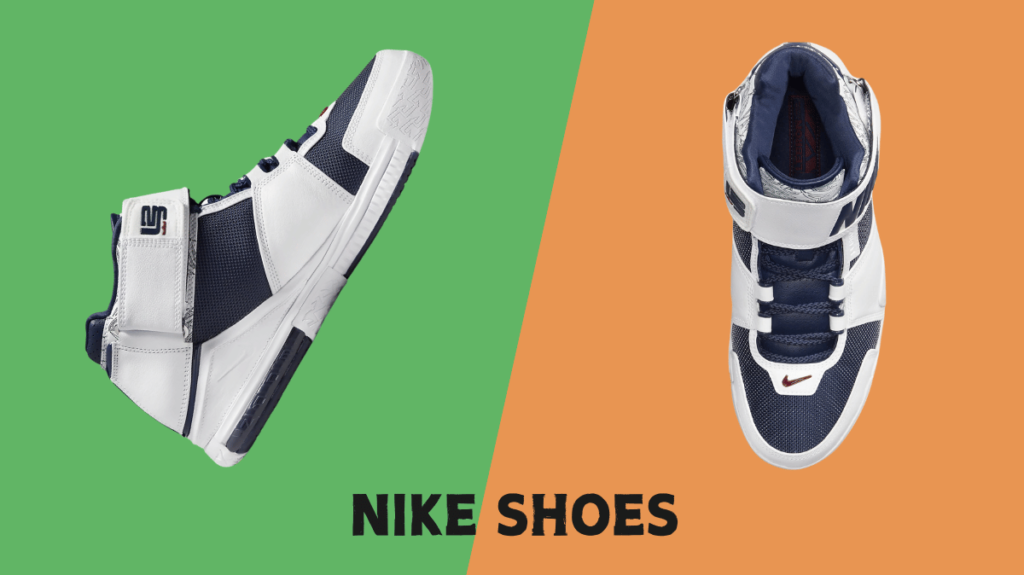
Running shoes are not just about aesthetics—they play a crucial role in your comfort and performance. Whether you’re running on a treadmill, hitting the trail, or training for a race, the right shoes can prevent blisters, provide the support your feet need, and even help you improve your running efficiency.
Here’s why the right running shoes matter:
Now that we understand the importance of running shoes, let’s explore the specific features to consider when choosing the best pair for your needs.
Comfort is the top priority when choosing running shoes. Without proper cushioning and support, running can lead to discomfort or even injuries. The best running shoes of 2025 focus on enhanced cushioning technology, ensuring your feet stay comfortable even during long runs.
Here’s what to look for to ensure your shoes are comfortable:
Cushioning is crucial for absorbing the shock from each footstrike. Running involves repetitive pounding on hard surfaces, and without proper cushioning, this impact can harm your joints and cause discomfort. The right amount of cushioning will also prevent your feet from feeling sore after long runs.
Some brands, like Hoka One One, are known for their maximum cushioning, which provides a soft and smooth running experience. On the other hand, Brooks and Nike offer shoes with moderate cushioning that balances comfort with responsiveness.The right amount of cushioning will also prevent your feet from feeling sore after long runs.
For example, you can compare Hoka Bondi 8 vs Bondi 7 to see how different cushioning options perform for long-distance runners.
Everyone’s feet are different, and arch support plays a key role in comfort. Your arch type affects how your foot strikes the ground, and shoes that match your arch type will provide the best comfort. There are three types of arches:
The right arch support helps maintain proper alignment during your runs and reduces the risk of overuse injuries.
While performance should take precedence, the style and design of your running shoes also matter. In 2025, brands are offering shoes that combine functionality with modern aesthetics.
Trending Styles:
Running shoes come in a wide variety of colors, designs, and patterns, so you can find a pair that matches your personality and makes you feel good while you run.
When choosing running shoes, you should always prioritize comfort and support over appearance. However, many brands offer stylish options that also perform well. Nike vs Adidas Shoes, for example, are known for their modern and sleek designs, while Hoka and Brooks focus more on comfort and performance but still offer a range of colors and styles to choose from.
Bright, vibrant colors and reflective elements are popular in running shoe designs, making runners more visible in low-light conditions. Whether you prefer bold neon shades or neutral tones, you’ll have no shortage of options.
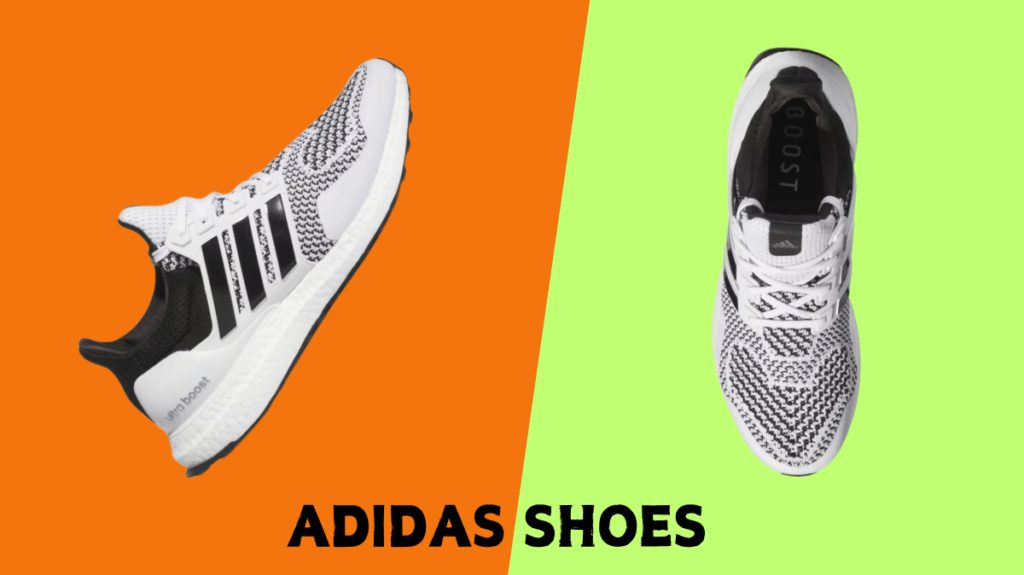
There are numerous running shoe brands, each offering different features that cater to various needs. Understanding the differences between brands will help you choose the best shoes for your running style. Check out Nike vs New Balance for more on performance vs comfort.
Nike is known for its innovation and cutting-edge designs. Their shoes are typically lightweight, providing a responsive feel that helps runners maintain speed. The Nike Air Zoom Pegasus and Nike React Infinity Run are among the top choices for runners looking for a combination of comfort and performance. Nike also offers shoes designed for different types of runs, from marathons to sprints.
Adidas is famous for its Boost technology, which provides excellent cushioning and energy return. Their shoes, like the Adidas Ultraboost and Adidas Solar Glide, are often preferred by runners who want a comfortable and responsive feel. Adidas shoes are generally known for their durability and stylish designs.
Hoka is a newer brand that has gained significant popularity for its maximum cushioning and support. Their shoes, like the Hoka Clifton and Hoka Bondi, are perfect for runners who want extra comfort and protection from impact. The thick, cushioned soles help reduce the strain on your joints, making them ideal for long-distance runners and those who suffer from joint pain. Here’s comparison between top hoka shoes, Hoka Bondi 8 vs Bondi 7.
Brooks is known for its focus on stability and cushioning. Their Brooks Ghost series is popular among neutral runners, while the Brooks Adrenaline GTS is designed for runners who need extra stability. Brooks shoes are ideal for runners who prioritize comfort and need shoes that provide consistent performance over time.
Asics has a long history in the running shoe industry and is known for its excellent support and durability. The Asics Gel Kayano and Asics Gel Nimbus are two of the most popular models, offering a perfect balance of cushioning, stability, and durability. Asics shoes are often recommended for runners who suffer from overpronation or need extra support.
Decide which shoe brand suits your running style by exploring the key differences between Hoka vs Asics Shoes.
Saucony is known for producing flexible, lightweight shoes that allow runners to feel the ground beneath them. The Saucony Kinvara is a popular choice for runners looking for a lightweight, fast shoe, while the Saucony Guide provides more stability and support for longer runs.
Fit is one of the most important aspects of choosing running shoes. Poorly fitting shoes can lead to discomfort, blisters, and injuries, while shoes that fit well can enhance your running performance. The key is to find shoes that provide the right amount of room in the toe box, while also fitting snugly around the heel and midfoot.
Proper fit and support are crucial for avoiding injuries. A well-fitting shoe should feel snug without pinching.
Fit Features:
Different brands may fit differently, so always check the sizing recommendations for each brand. For example, Nike tends to run a bit narrow, while New Balance often offers wider sizing options. If you have wide feet, make sure to choose brands like New Balance or Brooks, which offer wider models. Compare Nike vs New Balance Shoes.
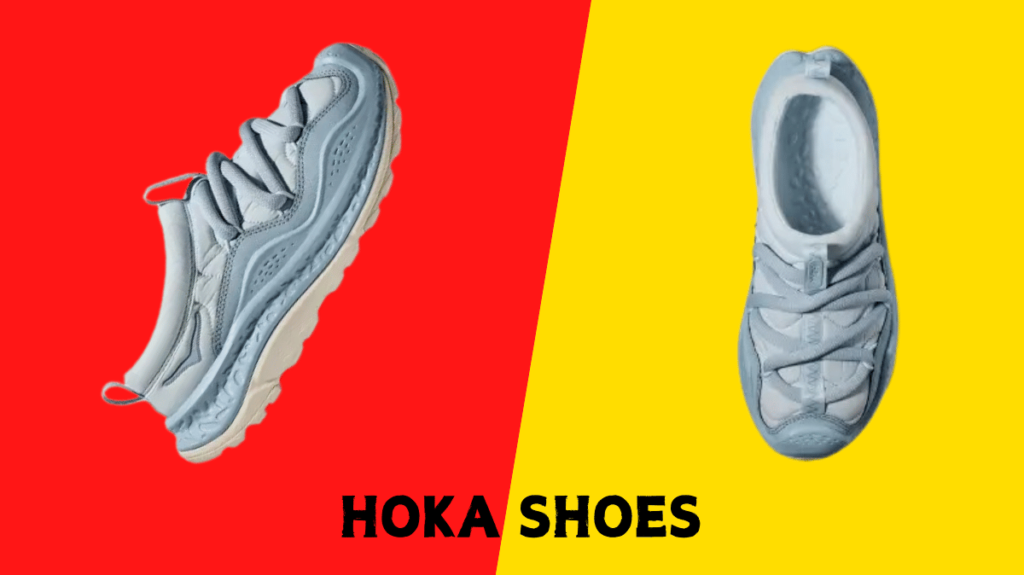
Breathability is especially important if you plan on running in warmer climates or during the summer months. Breathable shoes help keep your feet cool, reducing sweating and preventing blisters. Shoes with mesh uppers and ventilation holes allow air to flow freely, keeping your feet dry and comfortable.
Durability is essential when it comes to running shoes. High-quality running shoes should last for several hundred miles without losing their cushioning or support. Durability is especially important if you’re an avid runner or training for long-distance races.
Running shoes come in a range of prices, from budget-friendly options to high-end models. While it’s tempting to go for the cheapest option, investing in a high-quality pair of running shoes can save you money in the long run by preventing injuries and lasting longer.
| Brand | Model | Key Features | Price Range |
|---|---|---|---|
| Hoka | Bondi 8 | Max cushioning, breathable mesh | $165-$180 |
| Nike | Pegasus 41 | Versatile, lightweight design | $130-$150 |
| Adidas | Ultraboost 25 | Energy-return, eco-friendly | $180-$210 |
| Brooks | Ghost 16 | Smooth transitions, plush feel | $140-$160 |
Before making your purchase, it’s always a good idea to read customer reviews to see how the shoes perform in real-world conditions. Look for reviews from people with a similar running style or foot type to get a better idea of how the shoes will work for you.
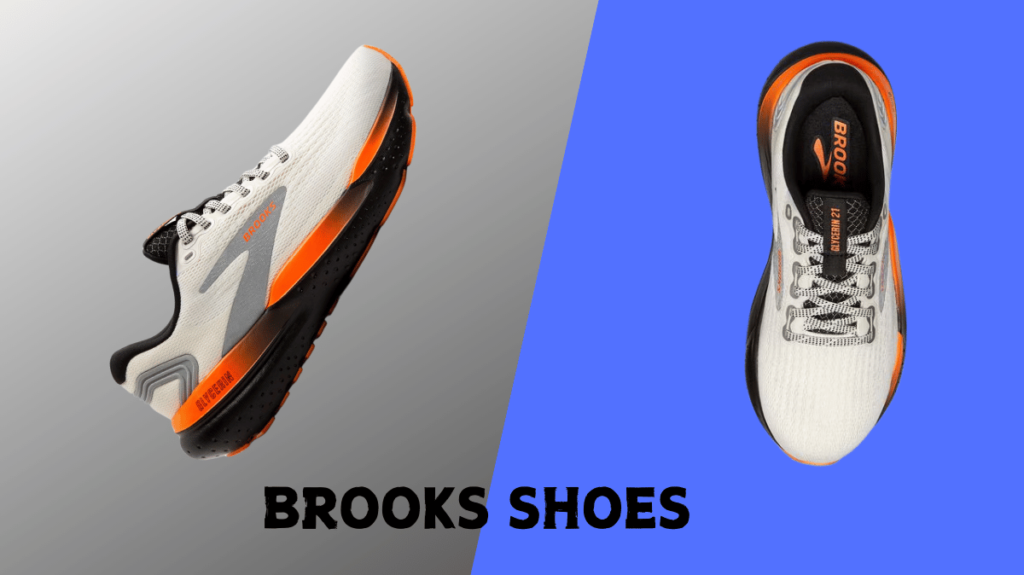
In conclusion, the best running shoe depends on your specific needs, but Hoka stands out for its unmatched cushioning and comfort, making it ideal for long-distance runners and those seeking joint protection. Nike excels in lightweight performance and speed, while Adidas offers superior energy return with its Boost technology. For stability and consistent support, Brooks is a reliable choice, and Asics provides excellent durability and arch support. Ultimately, the best choice aligns with your running style, comfort preferences, and performance goals.